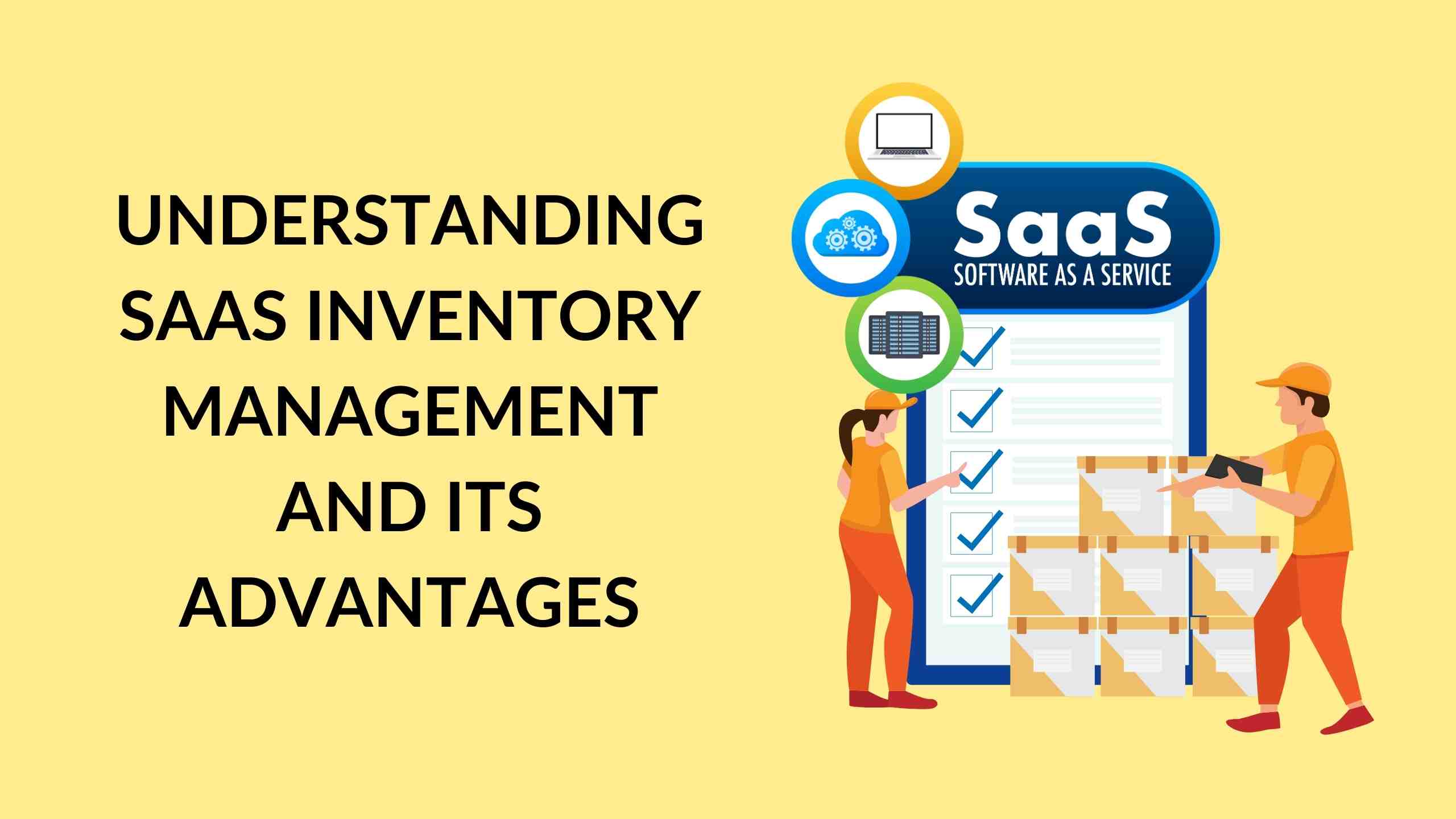Understanding SaaS Inventory Management and Its Advantages


Understanding SaaS Inventory Management and Its Advantages
Inventory management is the backbone of successful business operations, and Software as a Service (SaaS) solutions are increasingly becoming the go-to choice for businesses of all sizes. In this article, we’ll delve into the world of SaaS Inventory Management, exploring its key concepts, advantages, and introducing 5-15 relevant SaaS products to enhance your subscription stack.
Unveiling the World of SaaS Inventory Management
What is SaaS Inventory Management?
SaaS Inventory Management involves using cloud-based software to track, manage, and optimize inventory processes. Unlike traditional on-premise solutions, SaaS allows businesses to access these tools through the internet, offering scalability, flexibility, and often cost-effectiveness.
Advantages of SaaS Inventory Management
1. Accessibility and Scalability:
- SaaS Products:
- Zoho Inventory: Zoho Inventory offers accessibility from anywhere with an internet connection, ensuring that businesses can manage their inventory on-the-go. Scalability is a key feature, allowing businesses to adapt the system to their evolving needs without the hassle of extensive IT infrastructure upgrades.
- TradeGecko by QuickBooks Commerce: TradeGecko is not only accessible through the cloud, making it available anytime, anywhere, but it’s also highly scalable. Whether you’re a small business growing rapidly or an established enterprise, TradeGecko can adapt to your changing inventory management needs.
- Cin7: Cin7’s cloud-based inventory management system ensures accessibility for businesses of all sizes. Its scalability allows companies to expand their operations without worrying about the limitations of traditional software.
2. Real-time Visibility:
- SaaS Products:
- NetSuite: NetSuite provides real-time visibility into inventory, enabling businesses to make informed decisions. This feature is crucial for adapting to market changes, preventing stockouts, and optimizing order fulfillment processes.
- Fishbowl Inventory: With Fishbowl Inventory, businesses gain real-time visibility into stock levels, order statuses, and other critical data. This real-time insight allows for better decision-making, reducing the risk of errors and improving overall operational efficiency.
- Wasp Inventory Control: Wasp Inventory Control ensures real-time visibility, allowing businesses to track inventory movements, monitor stock levels, and receive instant updates on inventory-related activities. This visibility is instrumental in preventing stockouts and overstock situations.
3. Cost-Effectiveness:
- SaaS Products:
- Odoo Inventory: Odoo Inventory is not only cost-effective but also open-source, providing businesses with a flexible and budget-friendly solution. The pay-as-you-go model eliminates the need for significant upfront investments, making it accessible for small and medium-sized businesses.
- ABC Inventory: ABC Inventory stands out for its cost-effectiveness, offering a free version and affordable pricing plans for businesses with varying budget constraints. The software provides essential inventory management features without compromising on quality.
- inFlow Inventory: inFlow Inventory offers a free edition with core inventory management features, making it an attractive option for small businesses with budget considerations. The free version allows businesses to access essential functionalities without the financial commitment.
4. Automation and Integration:
- SaaS Products:
- SAP Business One: SAP Business One excels in automation and integration capabilities. By automating routine tasks and seamlessly integrating with other business applications, it streamlines processes and reduces manual efforts, allowing businesses to focus on strategic initiatives.
- Zapier: Zapier serves as a bridge between different applications, allowing businesses to automate workflows and connect SaaS tools seamlessly. The platform’s integration capabilities enable businesses to create efficient, automated processes, including those related to inventory management.
- Magento: Magento’s integration capabilities extend beyond e-commerce, making it a valuable addition to the SaaS subscription stack. Integrating Magento with inventory management solutions enhances the overall efficiency of order processing, inventory tracking, and customer management.
5. Collaboration and Communication:
- SaaS Products:
- Monday.com: Monday.com fosters collaboration by providing a visual and collaborative platform. Teams can use boards and workflows to manage inventory collaboratively, enhancing communication and ensuring that everyone is on the same page.
- Microsoft Teams: Microsoft Teams facilitates collaboration and communication within teams. By integrating Teams with inventory management systems, businesses can ensure that relevant information is easily accessible, and team members can communicate seamlessly.
- Slack: Slack’s real-time messaging and collaboration features make it an excellent tool for teams managing inventory. By integrating Slack with inventory management systems, businesses can streamline communication, receive alerts, and keep everyone informed.
Elevate Your Subscription Stack with These SaaS Products (Continued)
- SAP Business One: Renowned for its automation and integration capabilities, SAP Business One streamlines business processes, including inventory management.
- Zapier: Zapier serves as a bridge between different applications, enabling businesses to automate workflows seamlessly, improving overall efficiency.
- Magento: Magento’s integration capabilities extend beyond e-commerce, making it a valuable addition to the SaaS subscription stack for enhanced order processing and inventory tracking.
- Monday.com: Monday.com fosters collaboration and communication through its visual and collaborative platform, making it an ideal choice for managing inventory collaboratively.
- Microsoft Teams: Microsoft Teams facilitates collaboration within teams, ensuring relevant information is easily accessible for efficient inventory management.
- Slack: Slack’s real-time messaging and collaboration features make it an excellent tool for teams managing inventory, providing seamless communication and alerts.
Conclusion
SaaS Inventory Management is a game-changer for businesses seeking efficiency, scalability, and real-time visibility into their inventory processes. By understanding the advantages and integrating the right SaaS products into your subscription stack, you can elevate your inventory management game, ensuring the success and growth of your business.





